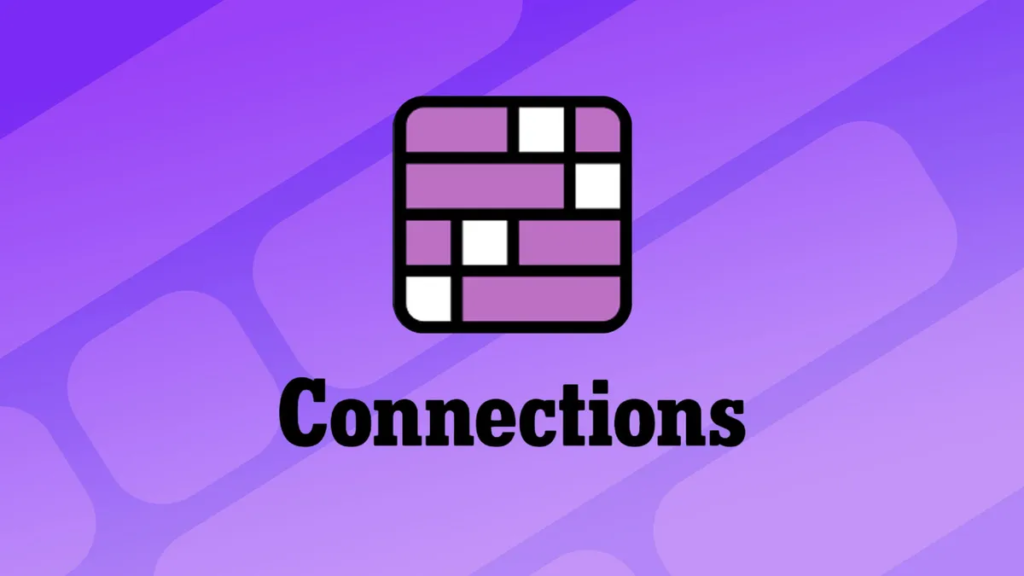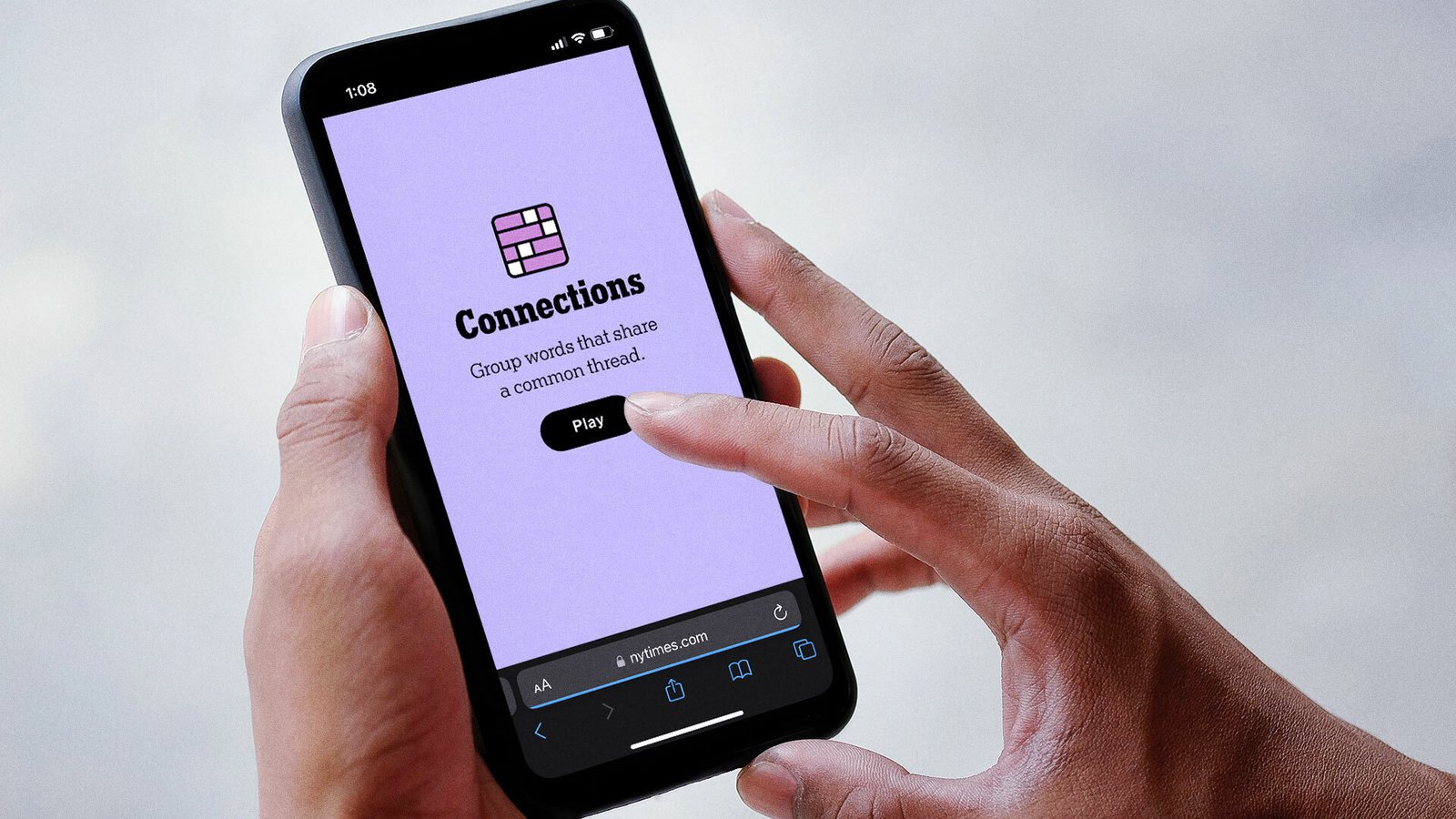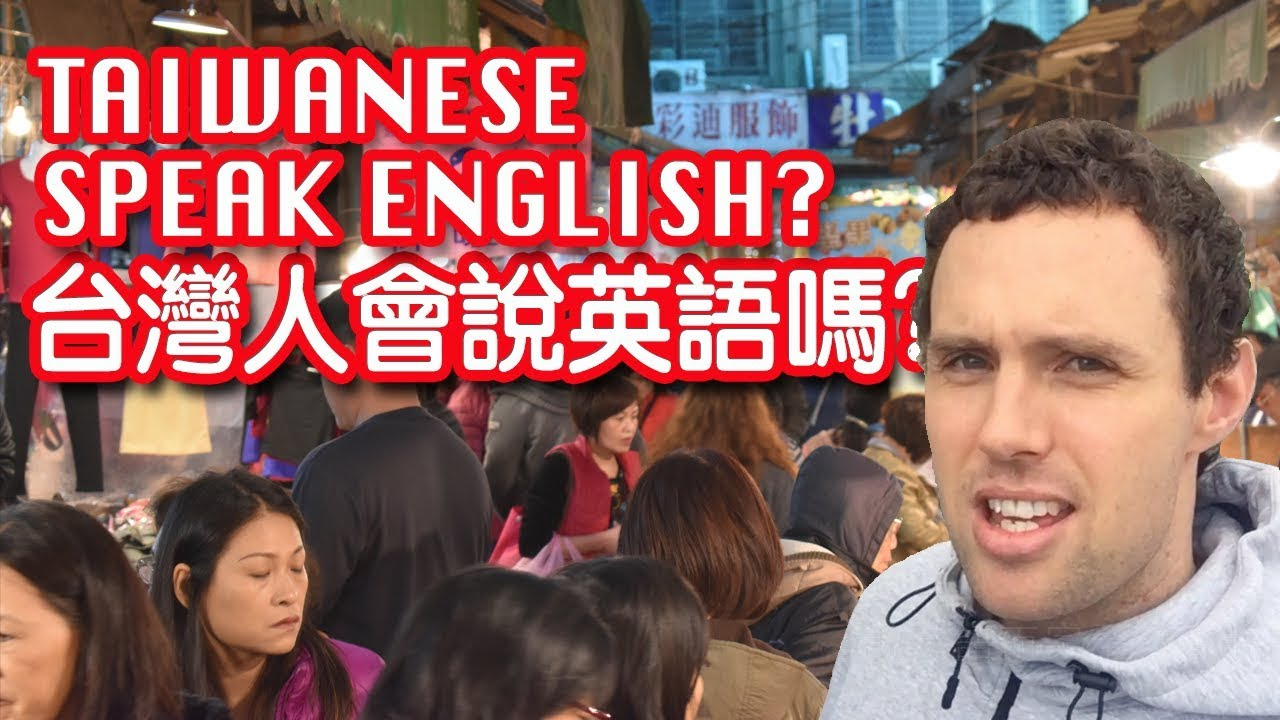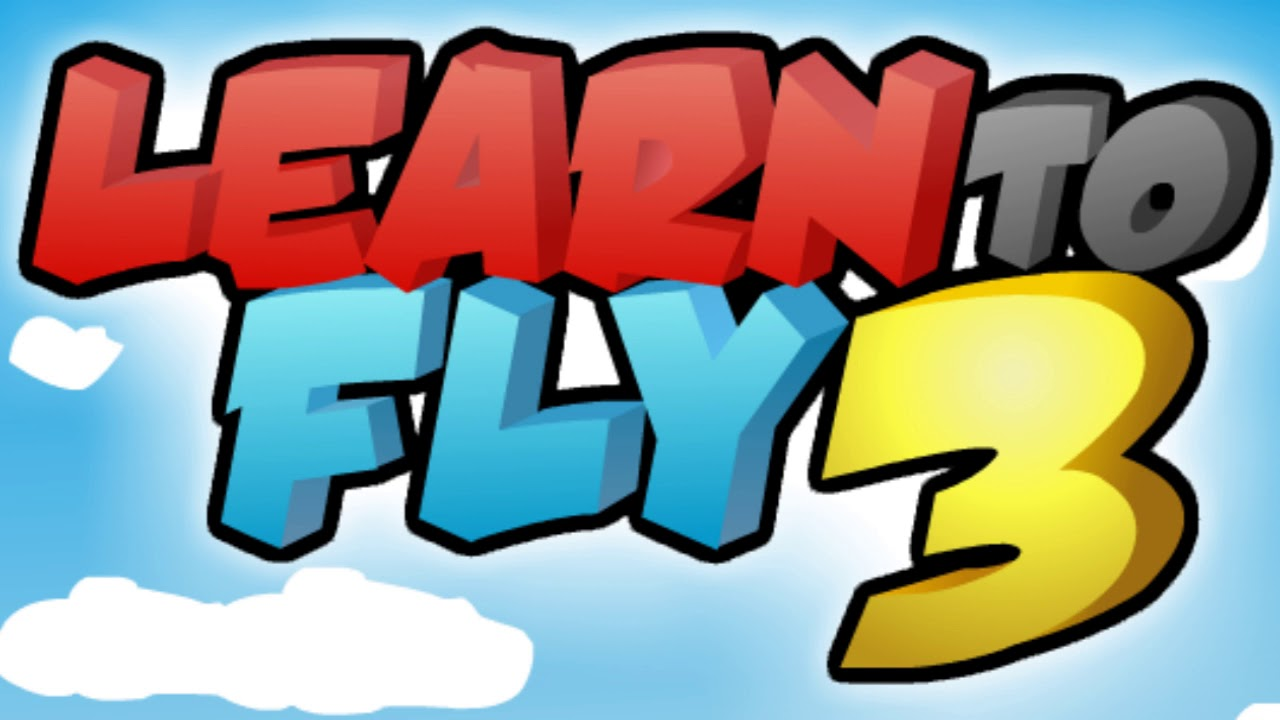In the world of puzzles, games, and intellectual challenges, one concept stands out as both enticing and elusive—the connections hint. Whether you’re solving a riddle, playing a trivia game, or exploring hidden meanings in a novel or film, connections hint serves as the key to unlocking deeper understanding. It’s the trail of clues that leads you to make associations between seemingly unrelated items or concepts. This article explores the role of connections hint in various fields, from puzzles and games to daily life and critical thinking, illustrating how they can challenge and expand our cognitive abilities.
What is a “Connections Hint”?
At its core, a connections hint refers to a subtle clue or suggestion that points to a relationship or pattern between different elements. These elements can range from words, images, or even abstract concepts. In many cases, the hint is not immediately obvious, requiring critical thinking and pattern recognition skills to decode the message.
The essence of a connections hint lies in its ability to direct your attention to specific features that tie the elements together. For instance, in a trivia game, a question might list a series of seemingly unrelated items—like “apple, banana, cherry, and grape”—and the hint might be something simple, such as “fruit,” which ties all of them together.
Connections hints can appear in many contexts, from games like “Connections” on the New York Times puzzle page to deeper philosophical inquiries about the interconnectedness of ideas and people. The skill of recognizing these connections and following the hints is often what distinguishes casual solvers from expert problem-solvers.

Why Are Connections Hints Important?
Connections hints are critical in a wide range of activities, especially when it comes to problem-solving. They serve multiple purposes:
- Encourage Critical Thinking: Connections hints force you to think beyond the obvious and recognize patterns or relationships. This fosters deeper cognitive engagement and enhances your ability to connect disparate pieces of information.
- Aid Memory and Recall: By linking ideas together, connections hints can serve as mnemonic devices, making it easier to recall information later. They often help break down complex topics into manageable chunks that are easier to remember.
- Expand Creativity: When searching for connections between unrelated elements, your brain has to think creatively. This can help develop innovative ideas and solutions, as it encourages thinking outside the box.
- Develop Analytical Skills: Connections hints often require you to identify specific characteristics that link ideas. This strengthens analytical thinking, helping you categorize and evaluate information more effectively.
- Promote Learning: Recognizing patterns and relationships is a key learning strategy. Connections hint can be used as a teaching tool, helping individuals or students to grasp abstract concepts by linking them to familiar or concrete ideas.
The Role of Connections Hints in Puzzle Games
One of the most popular and engaging applications of connections hint is in the realm of puzzle games. Puzzle enthusiasts know that a good hint can turn a frustrating challenge into an “aha!” moment. Games that rely on pattern recognition and logical connections are often designed to guide players with just enough of a hint to spark their curiosity.
Example 1: The New York Times Connections Puzzle
One example of a game that heavily relies on connections hint is the New York Times Connections puzzle, which challenges players to group 16 words into 4 categories based on shared traits. The words in the puzzle might appear randomly, but the true challenge is to identify the subtle connections between them. A good connections hint might be:
- “Think about colors.”
- “Group the words based on something they all share.”
In this case, players need to identify which words relate to colors, seasons, or other characteristics, and their task is to form four groups of four words each, with each group sharing a common connection.
Example 2: Word Search and Crosswords
Another popular form of puzzle game is the word search, which may provide a subtle connection hint that points players toward specific themes. Similarly, crossword puzzles often include clues that require players to think about synonyms, antonyms, or even historical context to make connections between words. For instance, a crossword clue may read “Capital of France” and the connection hint is the word “city,” which leads the solver to “Paris.”
For both types of puzzles, the connections hint is a vital part of the experience, as it helps players uncover the correct answers. They need to identify patterns, relationships, or similarities between different clues in order to solve the puzzle efficiently.
Connections Hint in Everyday Life
While connections hint are often thought of in the context of games and puzzles, they also play a significant role in our daily lives, particularly in the realms of decision-making, problem-solving, and interpersonal communication. The ability to make connections between unrelated pieces of information is what allows us to draw conclusions, anticipate outcomes, and navigate complex social situations.
Problem-Solving in the Workplace
In professional settings, recognizing connections hints is crucial for solving challenges. Whether it’s finding innovative solutions to business problems or connecting new information with existing strategies, the ability to spot and interpret connections often leads to breakthroughs. Consider a marketing professional trying to develop a new advertising campaign. They may look for connections between consumer behavior, historical data, and emerging trends to create a compelling, effective campaign.
Navigating Social Relationships
In interpersonal relationships, understanding the subtle connections between words, actions, and emotions is key to effective communication. The ability to read between the lines, notice non-verbal cues, and identify underlying patterns in behavior can help individuals better understand each other and navigate complex social dynamics. For instance, in a conversation, a “connections hint” might be a person’s tone or body language, which indicates that something is left unsaid, but is critical to understanding their emotional state.
Learning and Education
In the context of education, connections hints are often used to deepen understanding. Teachers may encourage students to find connections between what they’re learning and real-world examples. For example, a history teacher might provide a hint that ties past events to present-day scenarios, helping students understand how history has shaped modern society. Students who are adept at recognizing these connections often perform better in their studies because they can see the relevance of their lessons and retain information more effectively.

How to Spot a Good Connections Hint
Finding a good connections hint often requires a combination of intuition, knowledge, and strategy. Below are a few tips to help you identify and interpret connections hints, whether you’re solving a puzzle or navigating a real-life scenario:
1. Look for Patterns
The first step is to look for patterns, both in the information presented and in the way the hint is framed. Whether you’re playing a game or trying to solve a real-world problem, clues are often hidden in plain sight. The key is to spot connections between seemingly unrelated items.
2. Use Context
Context is essential when interpreting connections hints. The environment, tone, or situation surrounding the hint often provides crucial insight into its meaning. For example, in a crossword puzzle, the clue may be worded in a way that suggests a particular theme, such as a movie genre, a famous landmark, or a scientific term.
3. Think Outside the Box
Sometimes, the most useful connections hints require you to think creatively. Instead of focusing on the obvious connections, challenge yourself to consider unconventional relationships between words, ideas, or objects. This often leads to more innovative and unexpected solutions.
4. Break Down the Information
If you’re struggling to find a connection, try breaking down the information into smaller pieces. Analyze the details, such as individual words or characteristics, and see if any subtle connections emerge. In some cases, looking at the problem from different angles can help you uncover hidden relationships.
5. Seek Out Analogies
Analogies can be a powerful tool when identifying connections. By comparing the current situation or puzzle to something familiar, you might be able to identify underlying patterns or themes that link the elements together.
Connections Hint: A Gateway to Deeper Understanding
Whether it’s a puzzle game, a daily decision, or a life lesson, recognizing and using connections hints opens the door to greater cognitive flexibility and understanding. These subtle clues help us identify relationships between disparate pieces of information, fostering critical thinking, creativity, and problem-solving skills.
In the context of games and puzzles, connections hints add an extra layer of intrigue, turning challenges into opportunities for intellectual growth and enjoyment. Beyond that, these hints are a valuable tool for navigating complex social interactions, decision-making processes, and learning environments, making them an essential skill for everyone.




